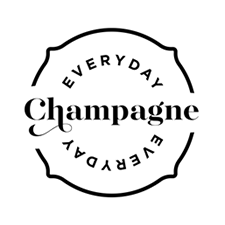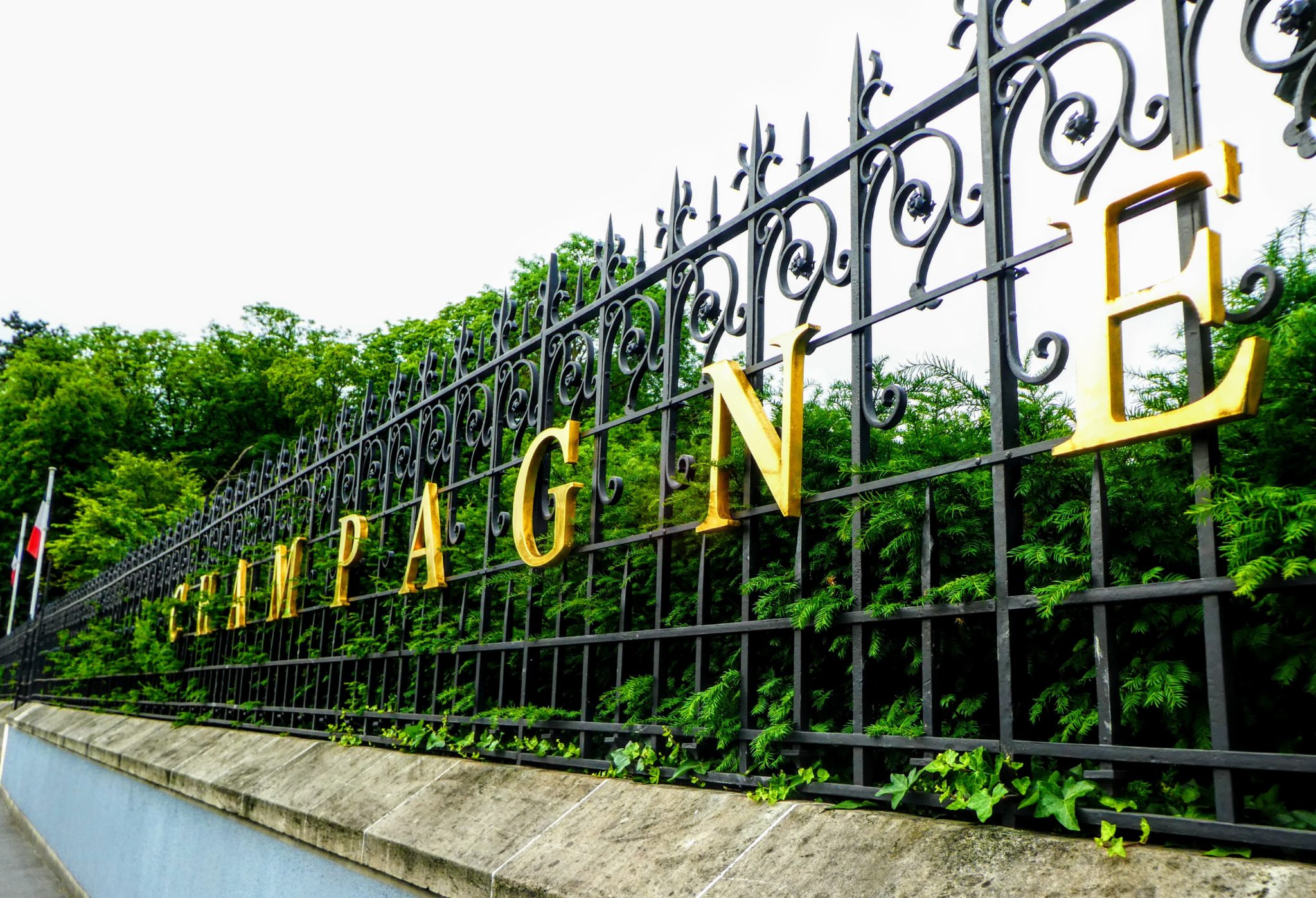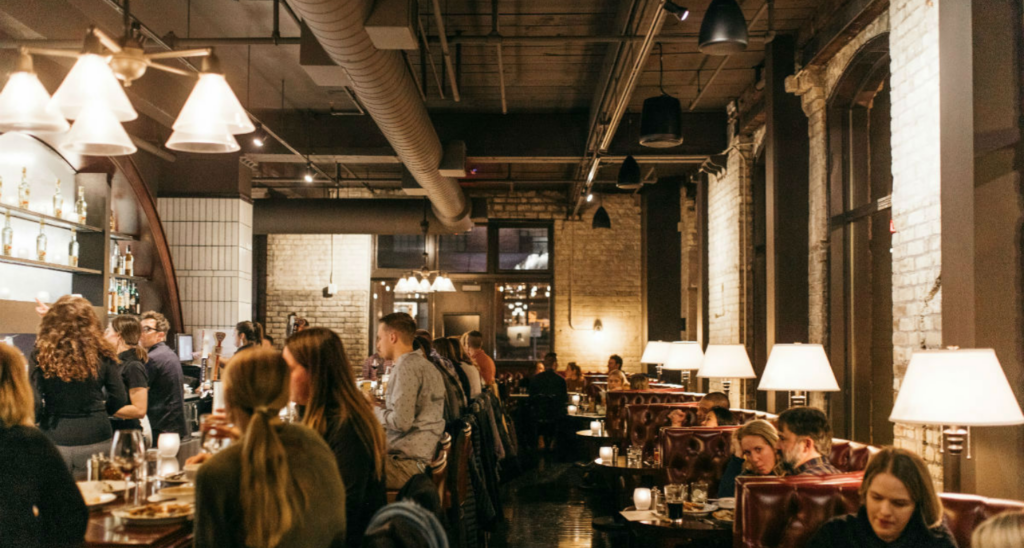June 11, 2019
“First thing’s first. Get the champagne.” – Winston Churchill, 1931, New York
We’re wrong about lots of things. But we’re not usually wrong about everything.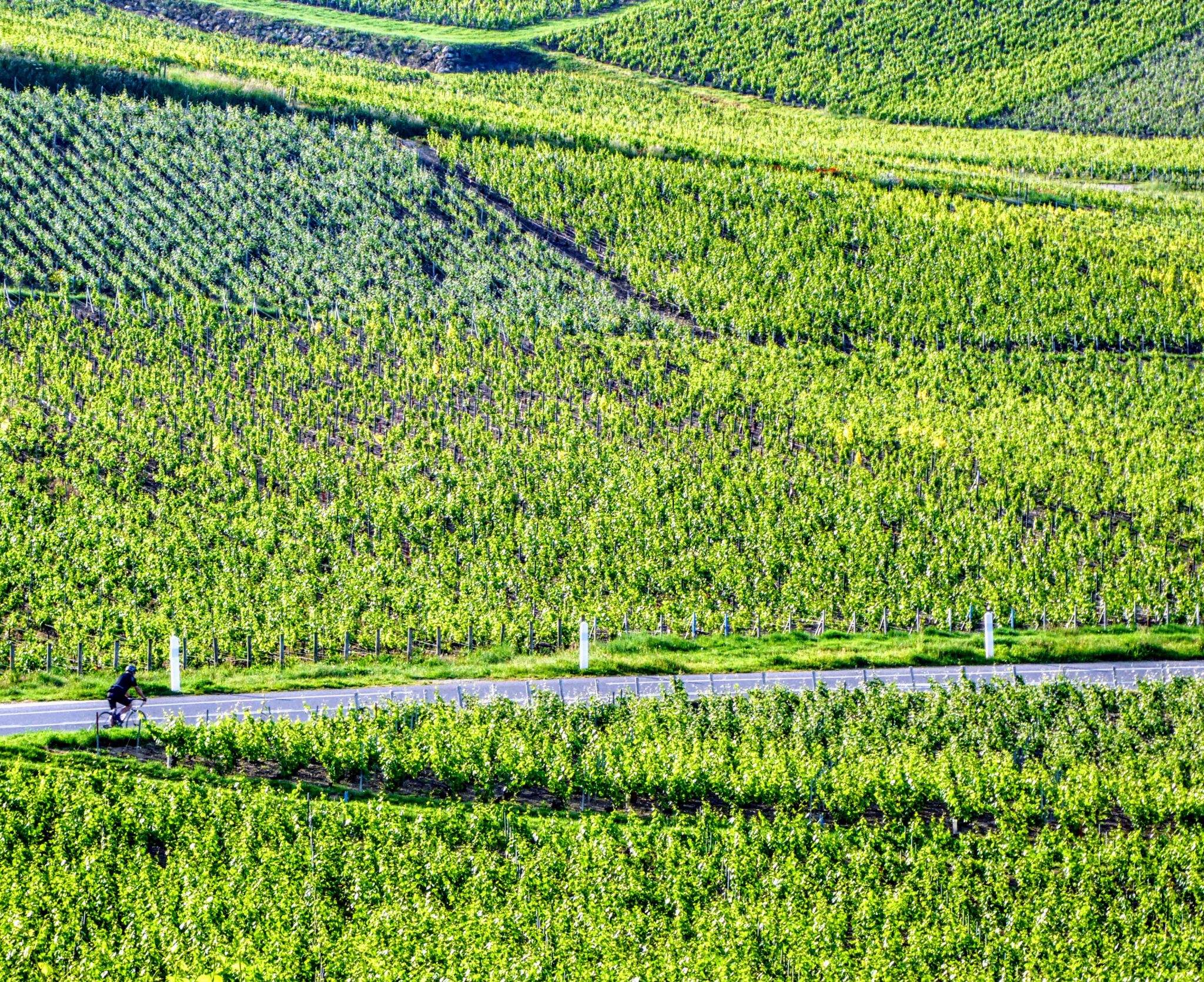 Wrong #1:
Wrong #1:
When we were planning our trip to Corsica (our first stop before Champagne), we knew the bike riding would be challenging (it’s called “a mountainous Mediterranean island” for a reason). So we decided to add a few days on to the trip, bicycling around somewhere flatter and more indulgent (in hindsight, of course, it’s hard to imagine “more indulgent” than Corsica). We decided on Champagne. It’s only a 30-minute TGV from CDG (an hour and a half by car), and it has lots and lots of champagne.
Reality:
Like good champagne, it’s not flat. Maybe the rolling hills appear gentle in pictures, but there’s nothing gentle about 3-mile climbs up an 8% grade, punctuated with short 15-20% grade bursts (like bicycling into Haut Villers, which is part of 2019’s Tour de France route).
Wrong #2:
Then we have Dom Pérignon. He was the creator of champagne with such a gifted palette it didn’t matter that he was blind.
Reality:
He helped perfect the process and fermentation of making champagne (like keeping the bottles from exploding), but he did not invent it. Nor was he blind.
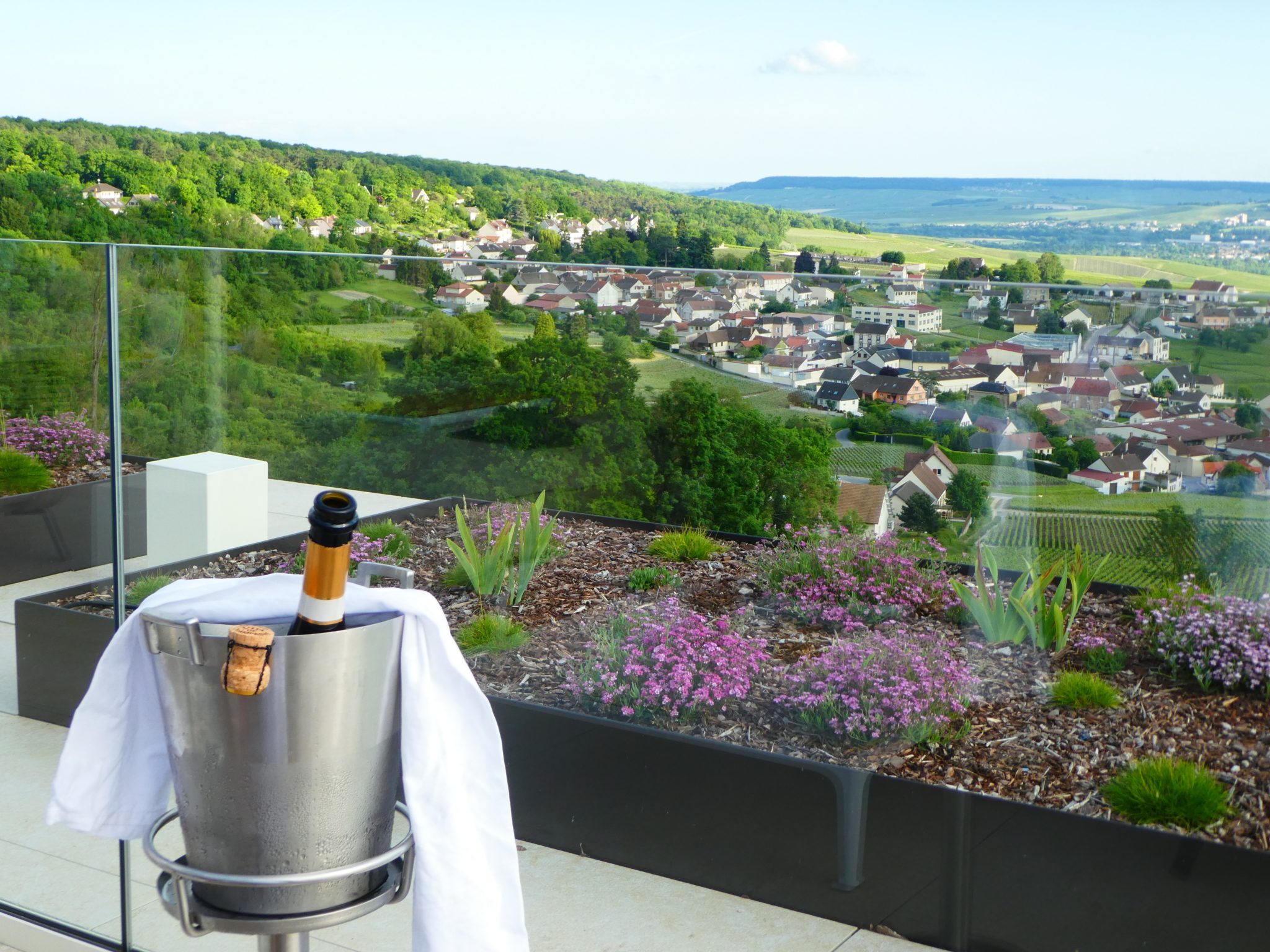 Wrong #3:
Wrong #3:
The area called Champagne is kind of an arbitrary line drawn that allows those inside the line to use the word “champagne” and charge more money. You mean the winery making Cremant a mere two miles from the line wasn’t worthy? We thought the entire Champagne region was simply a brilliant marketing tactic (something we’re familiar with), using Dom Pérignon as its poster child. (As I learned, the area of Champagne is always capitalized; the wine it produces is not.)
Reality:
First, this area is perfect for champagne because of the chalky, rocky soil that really isn’t conducive to all grape varietals, vegetables, etc. Second, there is a long, embattled history in the region that it united to protect itself, including from each other. Since you’re probably here for the pictures and the wine, I won’t bore you with the details, but Wine and War and Champagne give the particulars and are actually interesting.
Wrong #4:
Champagne is different, yes, but is it really superior to other sparkling wines? Please (eyeroll). We love Cremant, Cava, and US sparkling wines. They’re fantastic.
Reality:
It is superior. And very different.
Just ask Winston Churchill, who declared in WWI that it wasn’t France they was fighting for, but Champagne.
Everyday Champagne. The word champagne has been part of our mantra for years, yet we had never spent time at the mothership. So glad we did, wince we were wrong about everything.
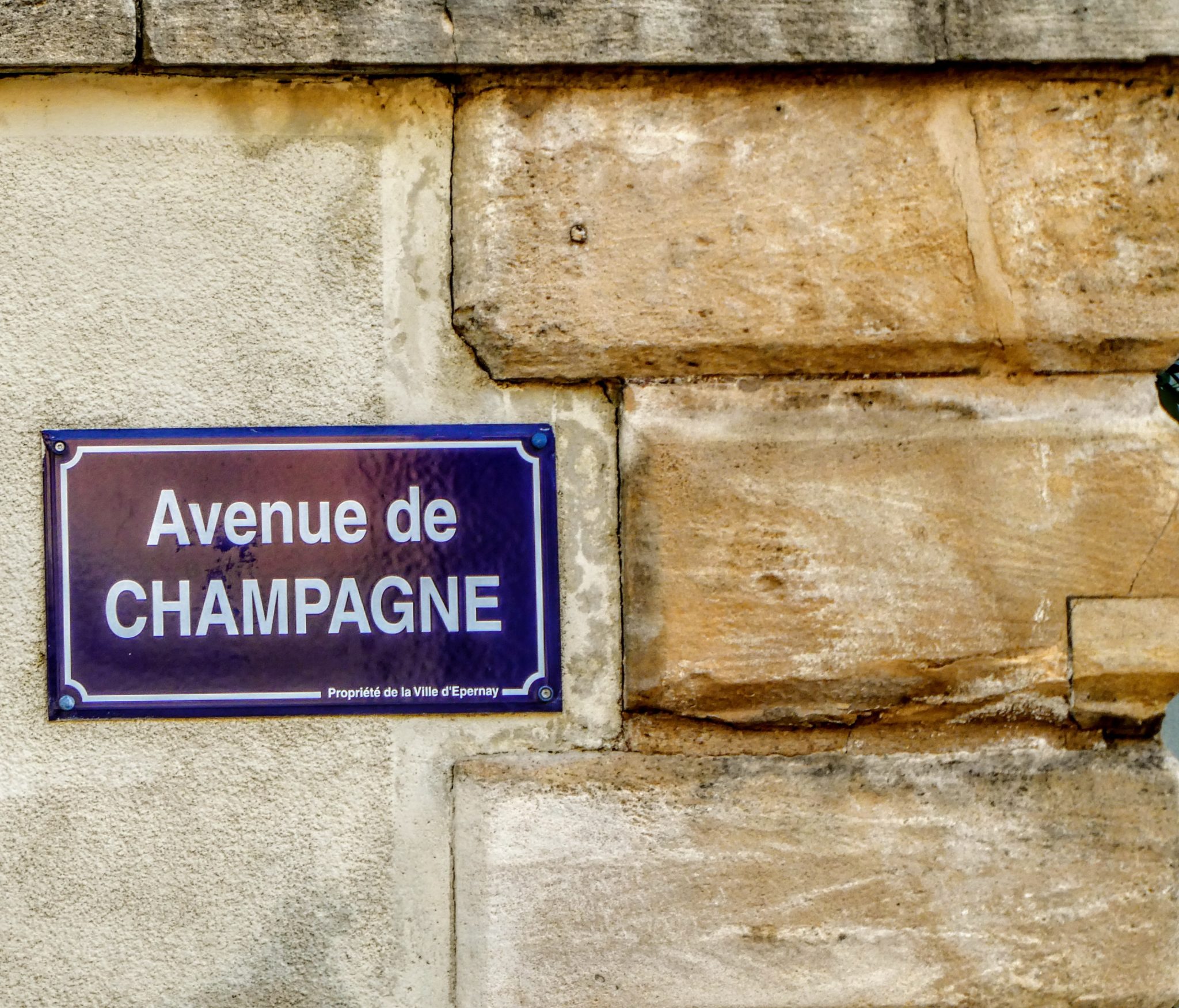 You can dive into Champagne one of two ways.
You can dive into Champagne one of two ways.
First, you can decide to visit and tour every major Champagne house, which many people do, with appointments all made in advance (most hotels are very accommodating). This means trekking to the rows of places on Avenue of Champagne in Epernay (Moët & Chandon being the most famous) or on the hill in Reims (including Pommery, Taittinger, and Veuve Clicquot, in all of its orange glory). Or scattered throughout a few other surrounding villages.
Doing this, you will spend entirely too much time in cars and caves, and you miss the cool little villages that make this place so beautifully unique.
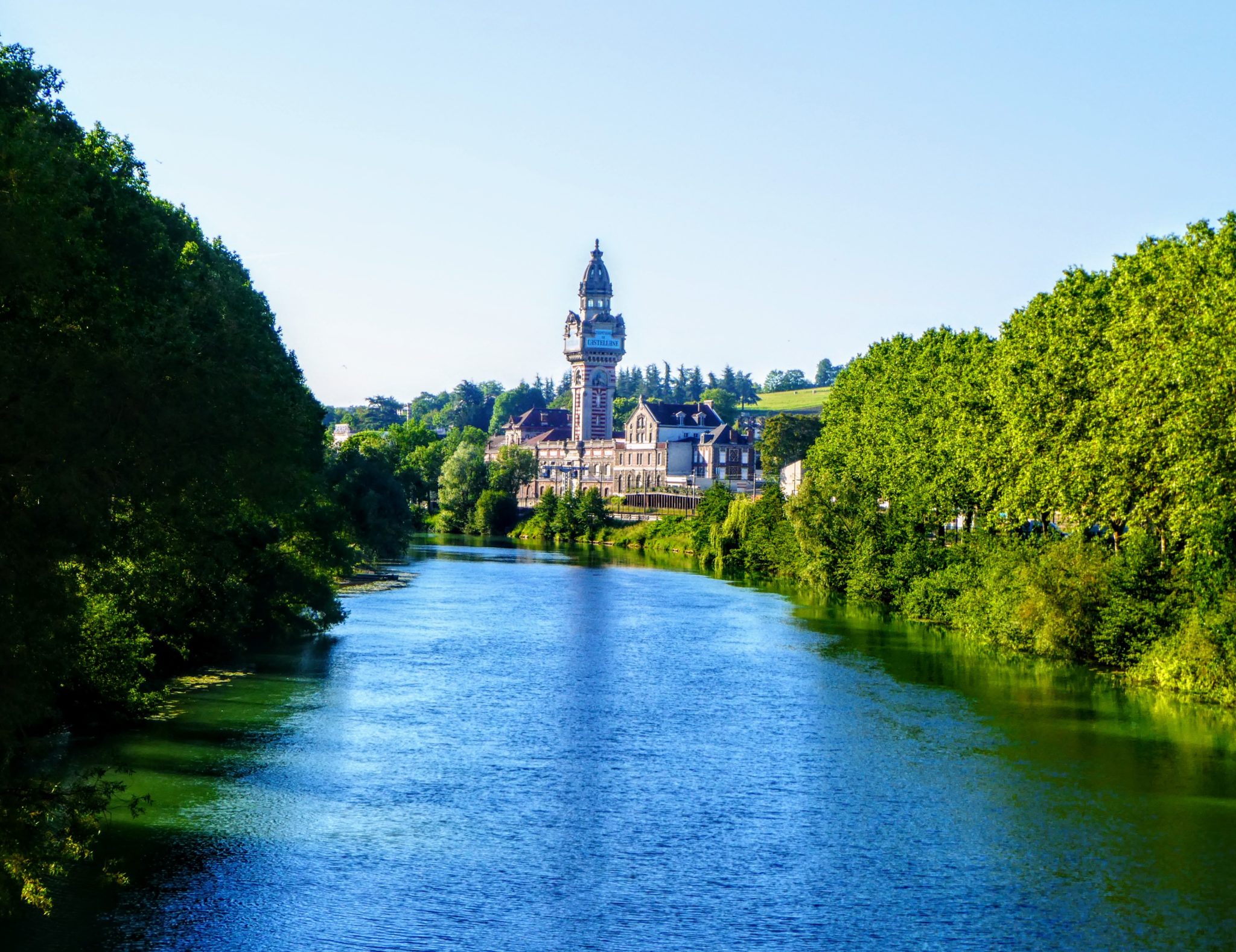 The second way was our approach, concentrating on the more interesting-northern part of the region, with a few nights outside of Epernay and a few nights in Reims. Even though they’re only about 20 minutes apart by car, this allowed for getting to know and exploring smaller regions in more digestible chunks. It also allowed us to stay in two spectacular hotels:
The second way was our approach, concentrating on the more interesting-northern part of the region, with a few nights outside of Epernay and a few nights in Reims. Even though they’re only about 20 minutes apart by car, this allowed for getting to know and exploring smaller regions in more digestible chunks. It also allowed us to stay in two spectacular hotels:
- The Royal Champagne, in village of Champillon and overlooking a number of incredible villages, as well as Epernay. One of those villages is Hautvillers (the home of the real Dom Pérignon, as in the aforementioned not-blind monk who lived there until the French Revolution—not the incredible cuvée made by Moët & Chandon).
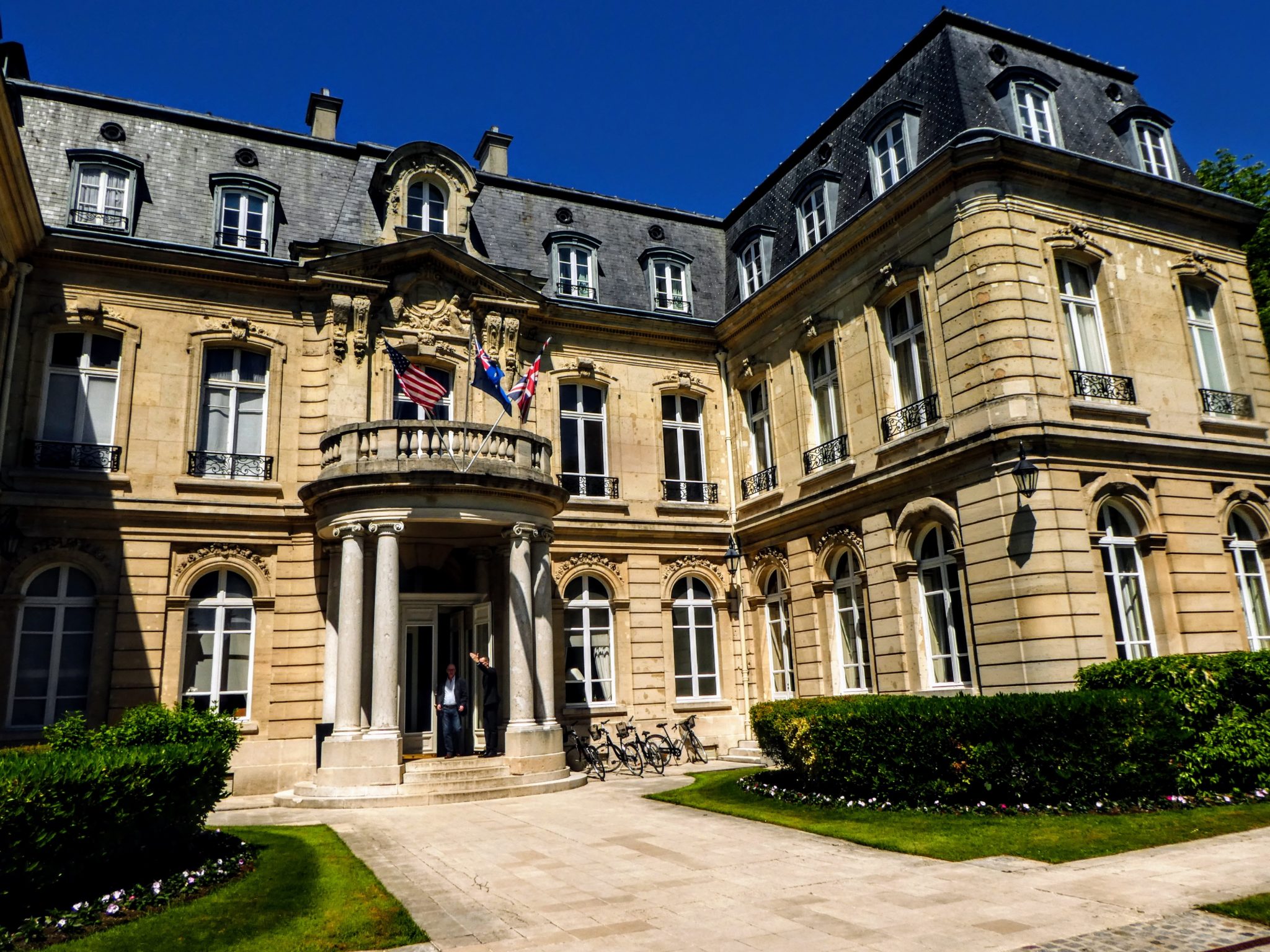 Domaine Les Crayeres, outside the Reims city center, but parked in the middle of some major Champagne houses. It’s only about a 20-minute walk to the famous Notre Dame Cathedral in Reims and the center of the city. The hotel is on an incredible plot of land combining city and park in one, and the restaurants (Restaurant Le Parc with a Michelin star, and the more casual Brasserie Le Jardin) are both regarded some of the best in the city. The concierge services, handy for booking tours, restaurants and tastings, were some of the best we’ve received in any hotel.
Domaine Les Crayeres, outside the Reims city center, but parked in the middle of some major Champagne houses. It’s only about a 20-minute walk to the famous Notre Dame Cathedral in Reims and the center of the city. The hotel is on an incredible plot of land combining city and park in one, and the restaurants (Restaurant Le Parc with a Michelin star, and the more casual Brasserie Le Jardin) are both regarded some of the best in the city. The concierge services, handy for booking tours, restaurants and tastings, were some of the best we’ve received in any hotel.
Our approach also allowed us to see the little villages and bicycle the countryside, although an e-bike would have been much smarter. We took the opportunity to visit and taste champagnes from many of the smaller houses. When you get into the villages, they actually list the Champagne houses on a master sign in the center of town. How cool is that?
Epernay and Ay are widely considered the center of the area called Valle de Marne, where the Marne river runs through. Epernay is bigger (although not as big as Reims), and wasn’t our favorite (even though Moët, Pol Roger, and Perrier Jouet are all there on the Avenue of Champagne). Ay, on the other hand, is on the larger side of small villages. It’s adorable, with lots of major champagne popping-power like Bollinger and Deutz.
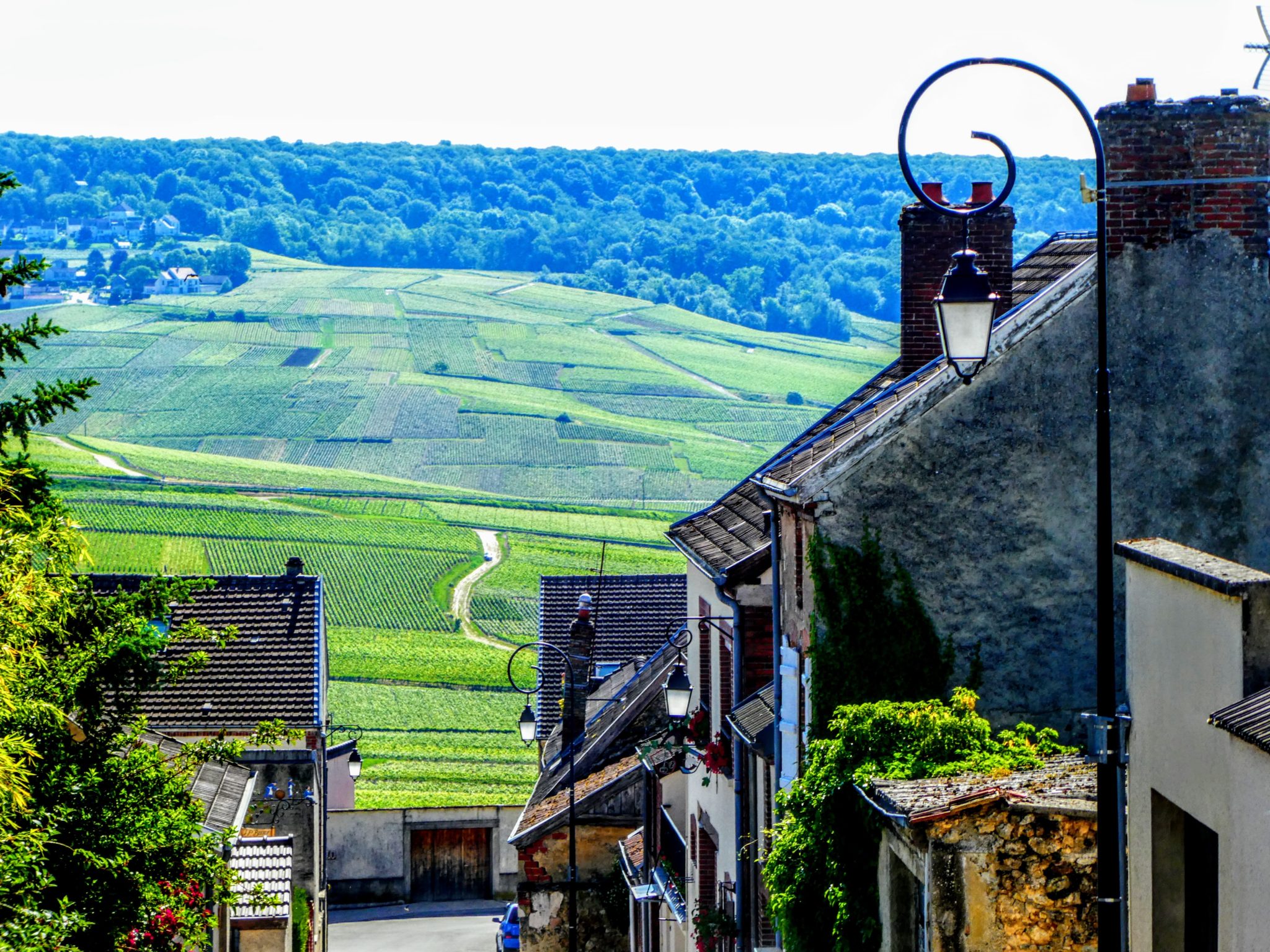
Hautvillers is tiny and not to be missed, even for lunch or a snack at Le Café d’Hautvillers or Au 36 in the tiny town center, and also give you a great view of the area (the same views we had at the Royal Champagne, in fact). And as we mentioned, the real Dom lived here. (Of course, we’re familiar enough to refer to him as Donny P.)
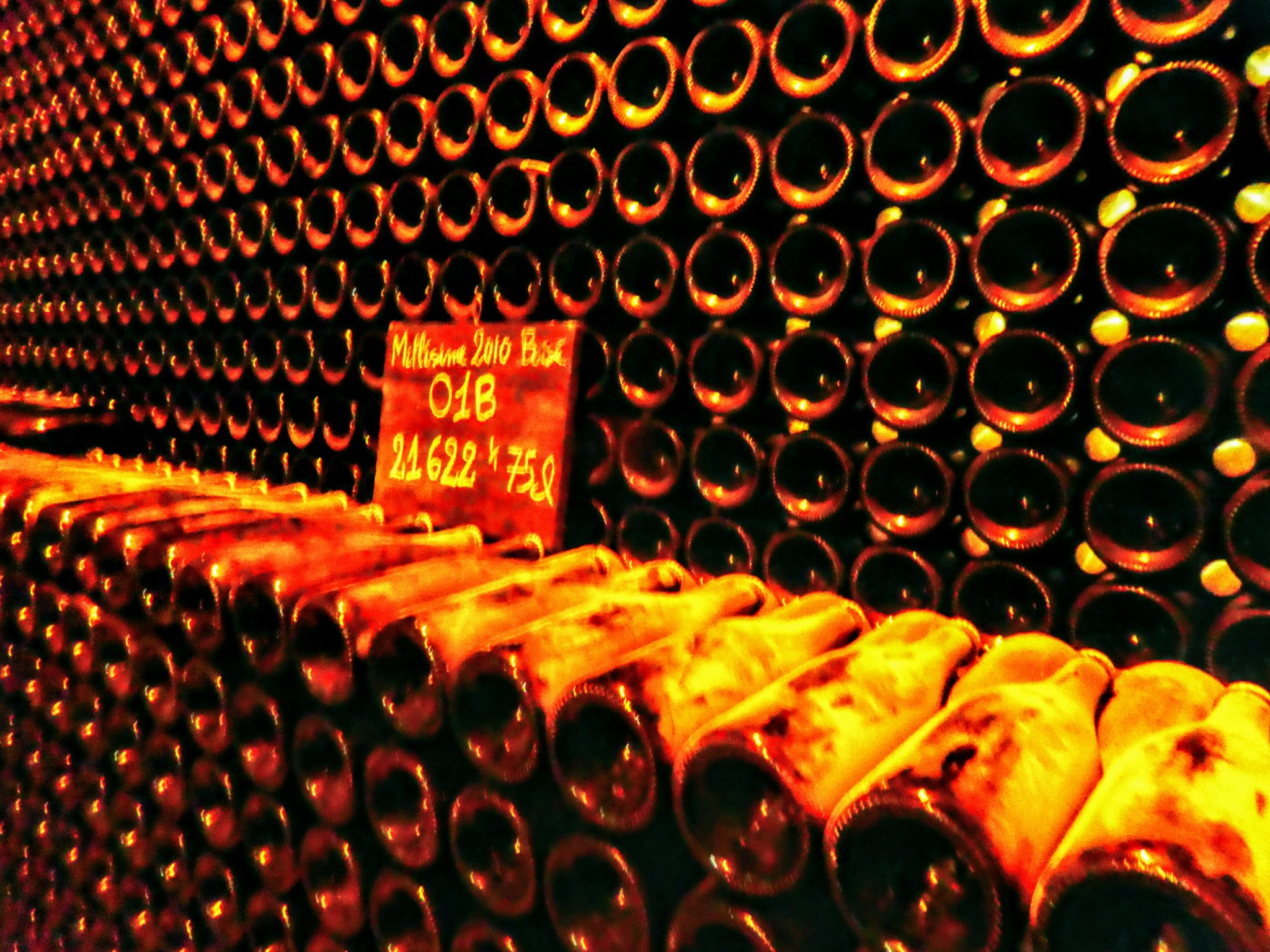 Reims is a proper city, with a magnificent Cathedral and town center. Since it is a true city, we took the opportunity to do a few major Champagne house tours and tastings. Of those, Taittinger (actually pronounced more like tate-un-jay) was the favorite, with a tour taking us into 4th-century chalk caves. Reims also has a great collection of restaurants (in addition to two at our hotel) including Brasserie le Boulingrin, Le Foch (also a Michelin star), Anna-S. — La Table Amoureuse, Restaurant Café de la Paix.
Reims is a proper city, with a magnificent Cathedral and town center. Since it is a true city, we took the opportunity to do a few major Champagne house tours and tastings. Of those, Taittinger (actually pronounced more like tate-un-jay) was the favorite, with a tour taking us into 4th-century chalk caves. Reims also has a great collection of restaurants (in addition to two at our hotel) including Brasserie le Boulingrin, Le Foch (also a Michelin star), Anna-S. — La Table Amoureuse, Restaurant Café de la Paix.
After righting all of our wrongs, we discovered that Champagne is a beautifully unique area of France, vastly different than many of the other wine regions. I really wish it hadn’t taken us so long to get there. It won’t take us long to go back.
During our trip, we steadfastly took our mantra to heart and drank actual Champagne, every day. In fact, we almost rebranded to ManyTimesADayChampagne. But I think the domain name was taken, and rebranding is a big deal.

